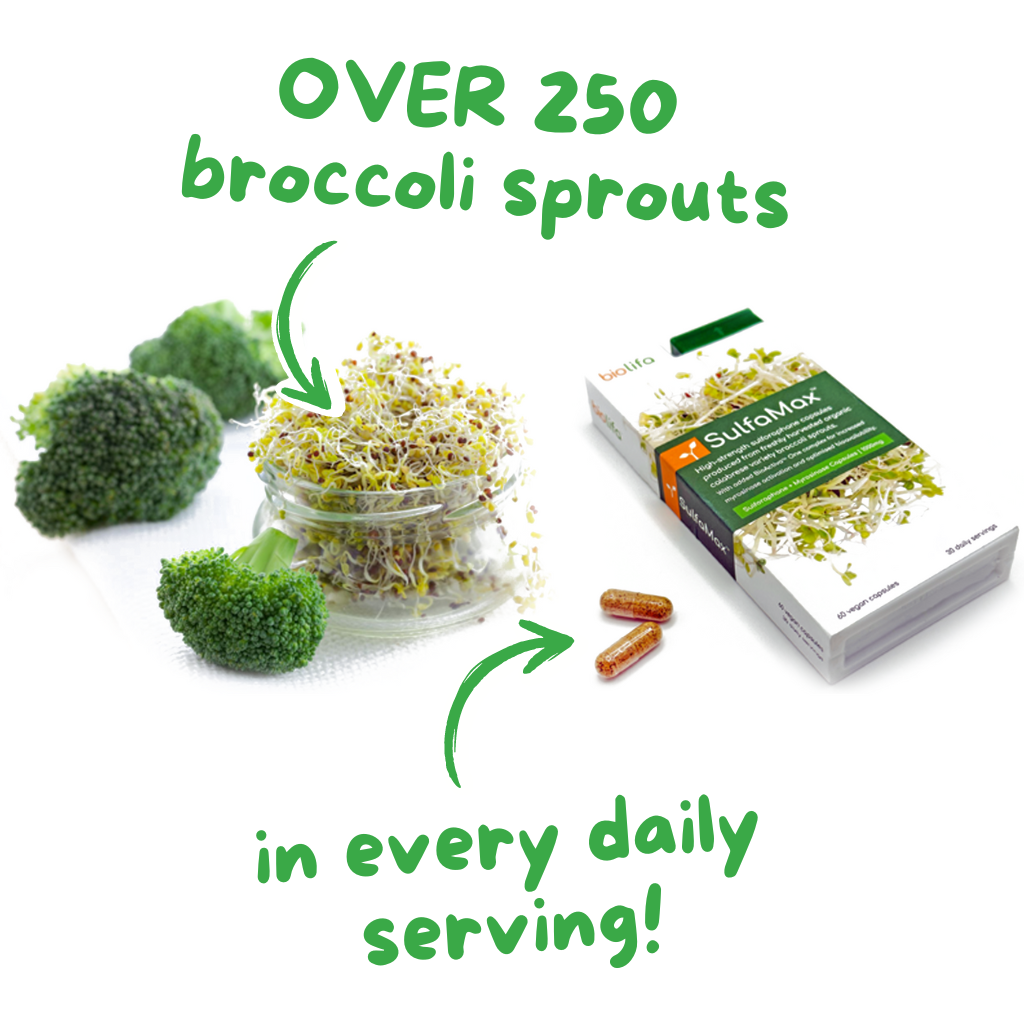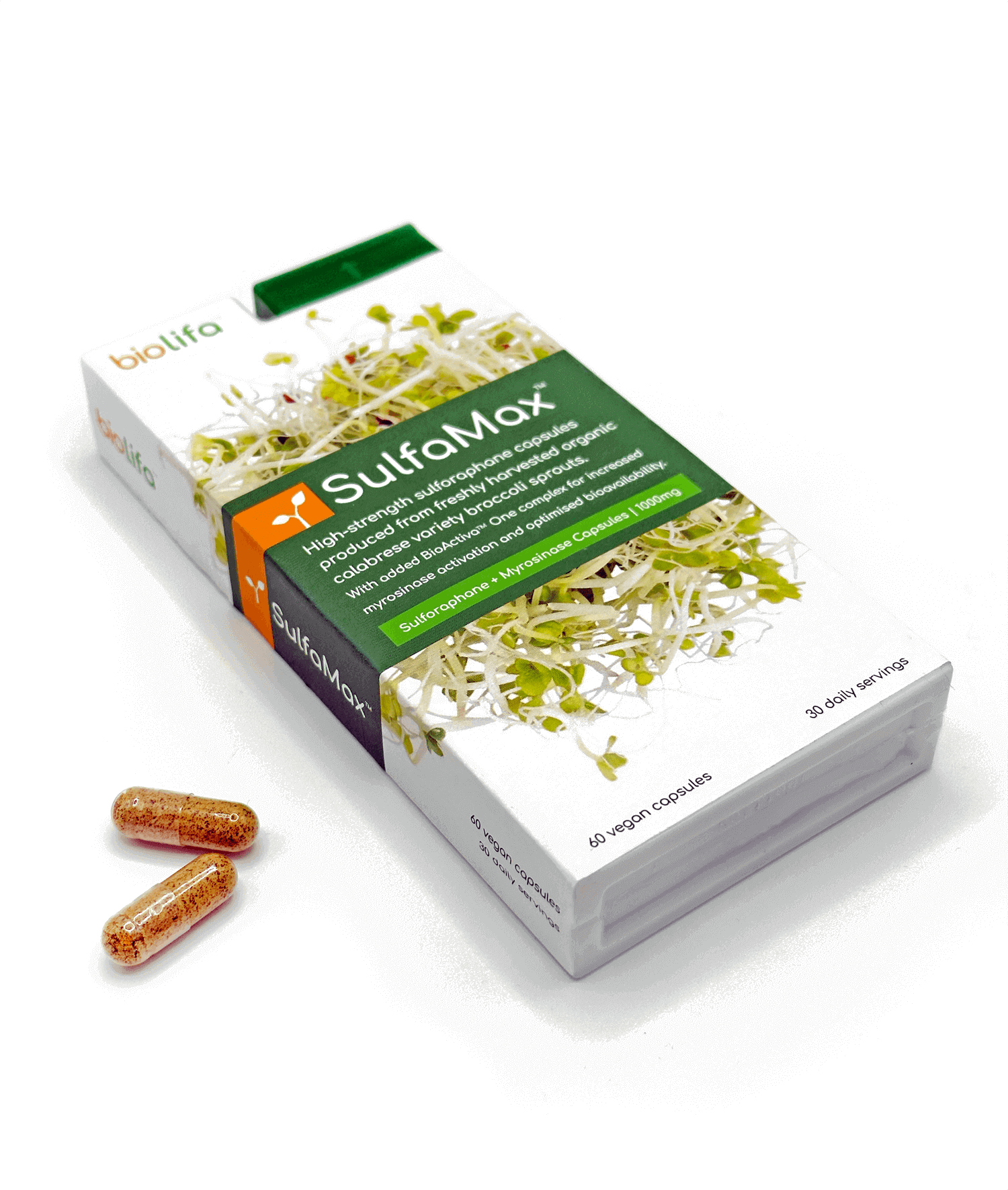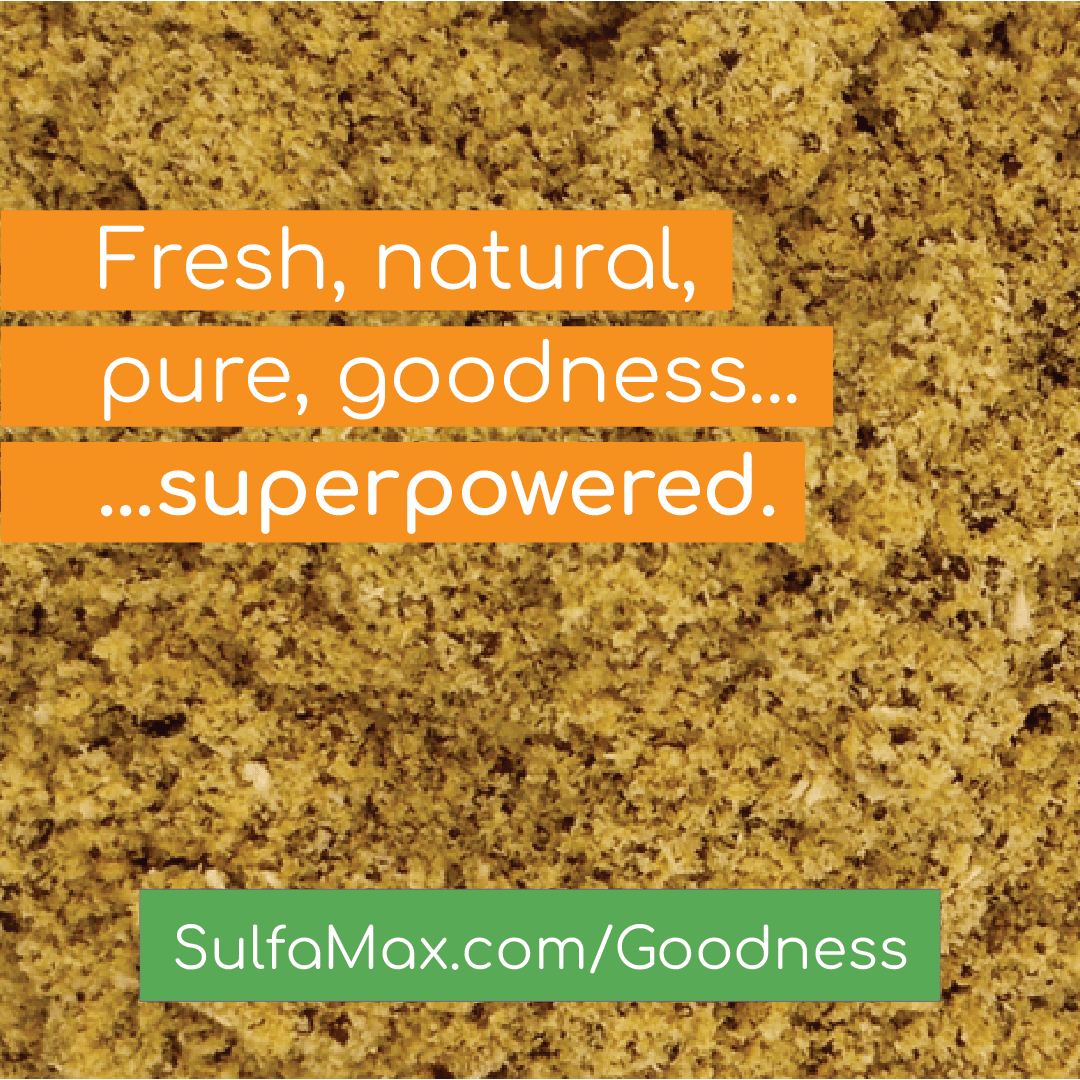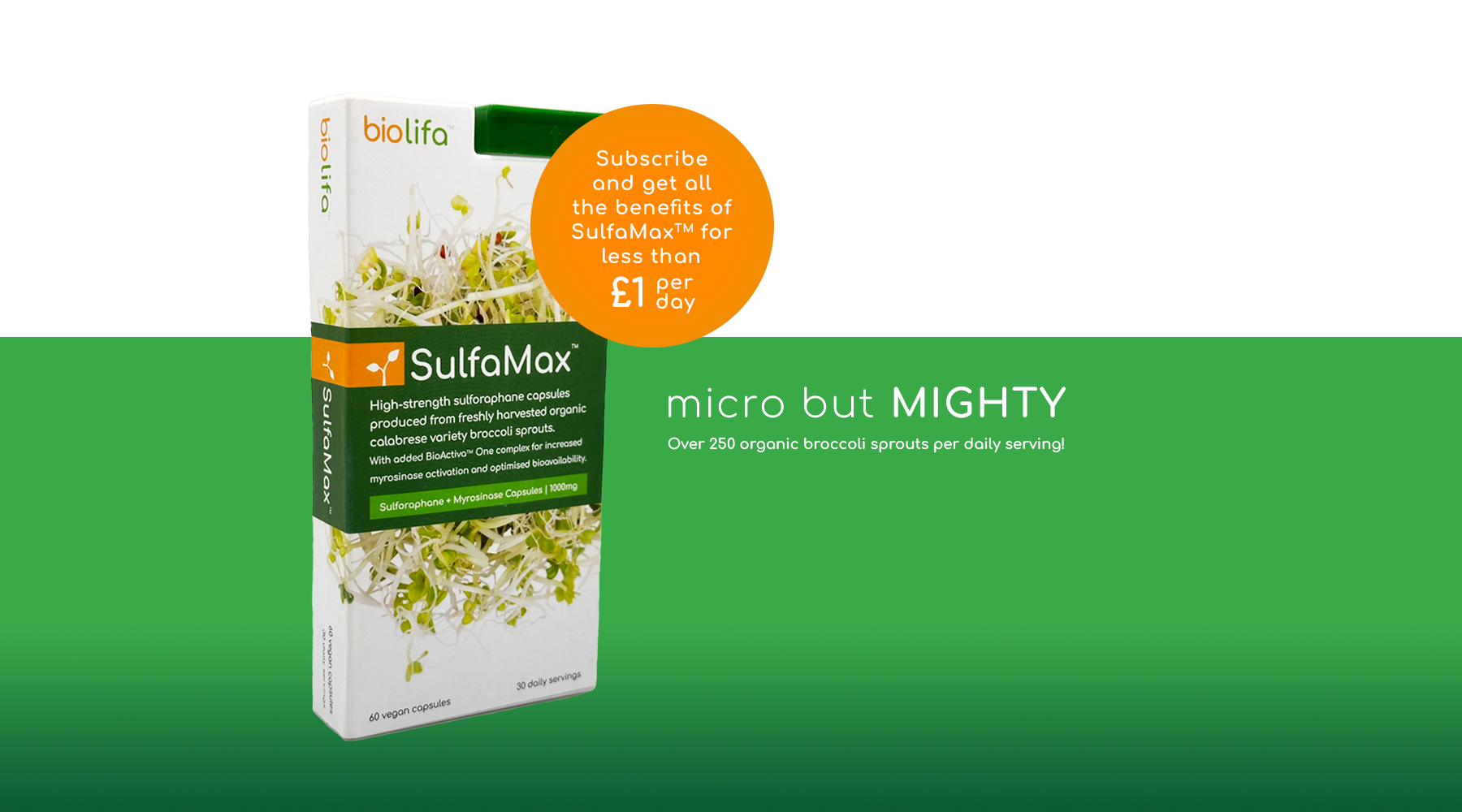Have you ever heard of sulforaphane? If not, you're in for a treat! Sulforaphane is a natural compound found in cruciferous vegetables like broccoli, cabbage, and kale. But what makes sulforaphane so special? It turns out that this incredible compound has the power to inhibit HDAC, a key enzyme that plays a role in gene expression. In this blog post, we will explore the fascinating world of sulforaphane and its potential as an HDAC inhibitor.
What is HDAC and why is it important?
HDAC, short for histone deacetylase, is an enzyme that plays a crucial role in gene regulation. It works by removing acetyl groups from histone proteins, which results in a tightening of the DNA structure and a decrease in gene expression. This process is essential for normal cell function and development. However, when HDAC is overactive, it can lead to abnormal gene expression and contribute to the development of various diseases, including cancer, neurodegenerative disorders, and cardiovascular diseases.
The role of sulforaphane as an HDAC inhibitor
Now, here comes the exciting part. Sulforaphane has been found to possess HDAC inhibitory activity, meaning it can block the action of HDAC and prevent the tightening of the DNA structure. By doing so, sulforaphane can promote a more relaxed DNA structure and increase gene expression. This has significant implications for human health, as it can potentially help prevent and treat a wide range of diseases.
The potential health benefits of sulforaphane HDAC inhibition
The ability of sulforaphane to inhibit HDAC opens up a world of possibilities for improving human health. Research has shown that sulforaphane can:
- Protect against cancer: Sulforaphane has been found to inhibit the growth of cancer cells and induce apoptosis, or programmed cell death, in various types of cancer, including breast, prostate, and colon cancer.
- Reduce inflammation: Chronic inflammation is a common underlying factor in many diseases. Sulforaphane has been shown to have potent anti-inflammatory effects, which can help alleviate symptoms of conditions like arthritis and inflammatory bowel disease.
- Support brain health: Sulforaphane has neuroprotective properties and has shown promise in the prevention and treatment of neurodegenerative disorders such as Alzheimer's and Parkinson's disease.
- Improve cardiovascular health: Sulforaphane can help lower blood pressure, reduce oxidative stress, and improve lipid profiles, all of which contribute to a healthier heart.
How to incorporate sulforaphane into your diet
Now that you know about the incredible benefits of sulforaphane, you're probably wondering how to incorporate it into your diet. The good news is that sulforaphane is abundant in many common vegetables. To maximise sulforaphane content, it's best to consume cruciferous vegetables raw or lightly cooked. Some delicious options include:
- Broccoli (Broccoli Sprouts are best!): Enjoy it in salads, stir-fries, or as a side dish.
- Kale: Add it to smoothies, soups, or make crispy kale chips.
- Cabbage: Use it in coleslaw, sauerkraut, or as a crunchy taco topping.
Remember, the key is to eat these vegetables regularly to reap the full benefits of sulforaphane.
If you want a quick, hassle free way to get broccoli sprouts into your diet on a daily basis - try our SulfaMax sulforaphane supplement which contains over 250 organically grown broccoli sprouts in each two capsule serving.
Conclusion
Sulforaphane is a true powerhouse when it comes to promoting health and preventing disease. Its ability to inhibit HDAC opens up a world of possibilities for improving human health. By incorporating sulforaphane-rich foods like broccoli, cabbage, and kale into your diet, you can unlock the potential of HDAC inhibition and take a proactive approach to your well-being. So, what are you waiting for? Start adding these amazing vegetables to your plate and experience the incredible benefits of sulforaphane today!







